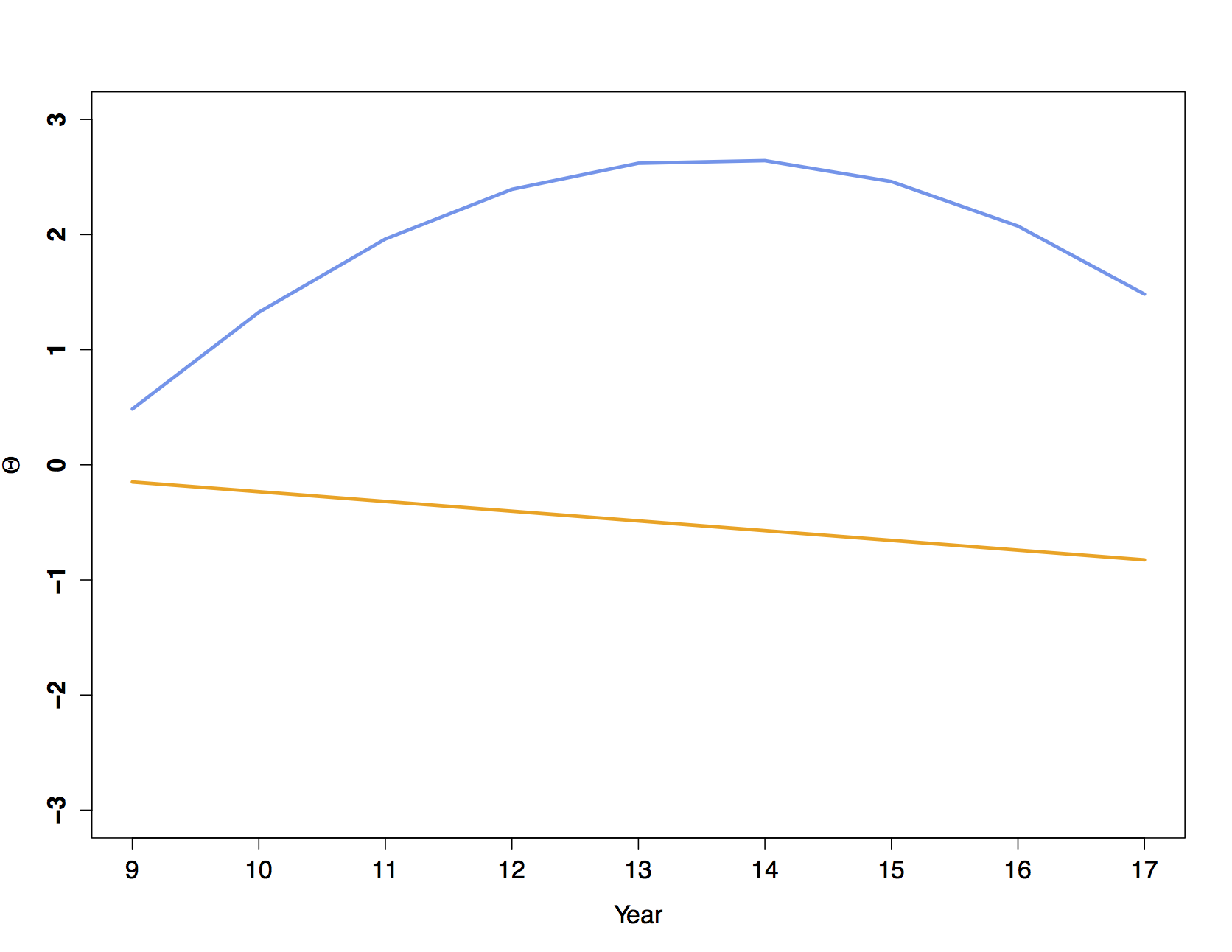
Click to find a list of our past publications from Leadership and Temperament to Assessment

View biographies of all of the individuals involved in the Fullerton Longitudinal Study

Get in touch with us!

View our most recent publication titled: Simultaneous Linking of Cross-Informant and Longitudinal Data Involving Positive Family Relationships
See more →
It means you can use it however you like as long as you keep the text link in the footer or somewhere on the site.
See more →
justo duo dolores et ea rebum. Stet clita kasd gubergren, no sea takimata sanctus sit amet
See more →
justo duo dolores et ea rebum. Stet clita kasd gubergren, no sea takimata sanctus sit amet
See more →